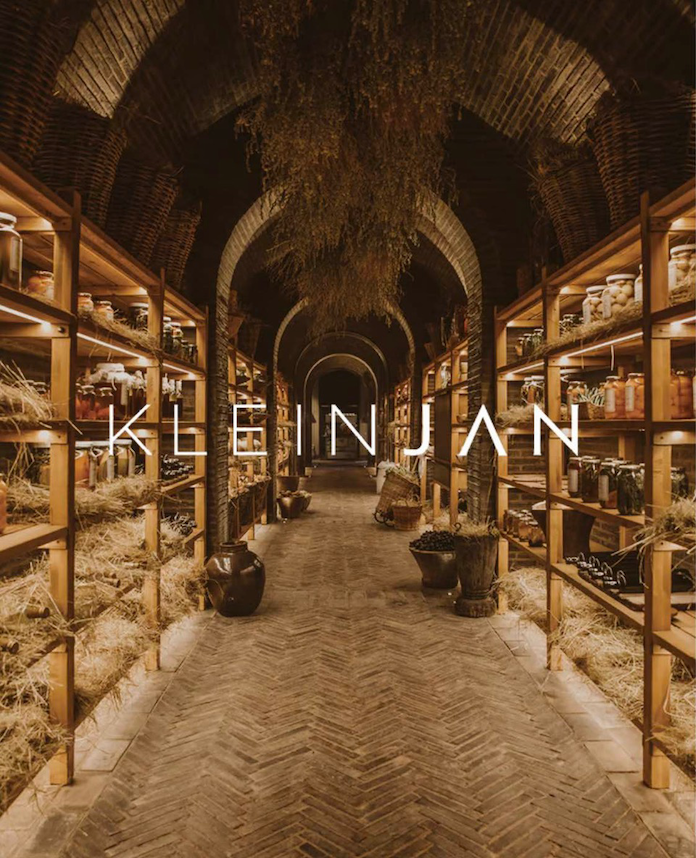The Intricacies of the Mozambican Palate
One might be tempted to bank Mozambican cuisine under Portuguese-inspired, but the country’s colonial heritage is only really apparent in its seafood dishes – less so in the vegetable arena. After gaining their independence with the signing of the Lusaka agreement in 1975 – a date which holds great pride for Mozambicans – the culture seems to have retained very little baggage from their era of colonial rule. Portuguese has remained in the country as a kind of business language, or common tongue, and is still taught at all schools before English.

The Mozambican palate gravitates towards rich, spicy dishes, a result of their dealings with Arab slave merchants from about 700 CE, offset by hints of natural sweetness from their coconut-rich diet. Although most of the Mozambican coastline is dappled in palm trees, it is especially in the south – on the Tropic of Capricorn – where the largest concentration of palms can be found, which plays an integral role in the country’s economy.
Another ingredient that grows abundantly in Mozambique is cassava, a root vegetable that looks like an elongated, brown-skinned sweet potato with a pale white flesh, but with a nutty flavour that, when cut into thin shavings and fried, renders a crispy, ribbon-like snack perfect for between meals. Beans of all kinds – particularly neem beans and Brazilian black-eyed beans – are also a popular ingredient in local cuisine, as are squash leaves, ground nuts, cashew nuts, mangoes, avocados, and pineapples.
The most prominent touch of spice found in Mozambican cuisine is peri-peri, which translates as spicy-spicy. Best served fresh, it is made by grinding together chillies, garlic, salt, olive oil and lemon juice, and accompanies almost every meal.
EXPLORING MOZAMBIQUE
Every country has its quirks, and to get the most out of your travels, it helps to go prepared. But don’t overprepare either. You don’t want to project your expectations or preconceived ideas onto the experience too much. Mozambique is an adventure, and the best way to navigate the country is with an open heart and mind. That said, take heed of these helpful hints.
BEWARE MALARIA
Mosquitoes are a year-round occurrence, although many would argue you needn’t worry about malaria in winter (May to September). To err on the side of caution, however, get yourself a course of malaria pills, start taking them shortly before you arrive in Mozambique and continue taking them for four days after you return.
DRINK LOCAL
The Mozambique drinks scene is a cosmopolitan one, thanks to the country’s wide range of local and international influences – that and their love of a good time. Their beers are not to be missed, so be sure to taste your way through the selection. The local rum, Tipo Tinto, is a must for rum lovers, and is traditionally served with strawberry-flavoured soda. Coconut drinks are also everywhere, with or without alcohol.
SHOP LOCAL
The Mozambique economy thrives on its people’s sense of entrepreneurship, so embrace the street scene, where you will find the best cashews, peri-peri sauce, honey, atchar, coconut oil and local crafts. And the beach is the best place to go for fresh fish early in the morning.
PICK UP SOME PORTUGUESE
Mozambique is a multilingual country, but despite gaining their independence from Portugal in 1975, the country’s common language has remained Portuguese. Just a bit will get you far, so you can start with “bom dia” (hello) and “obrigado” (for a man) and “obrigada” (for a woman) when you want to say, thanks.















